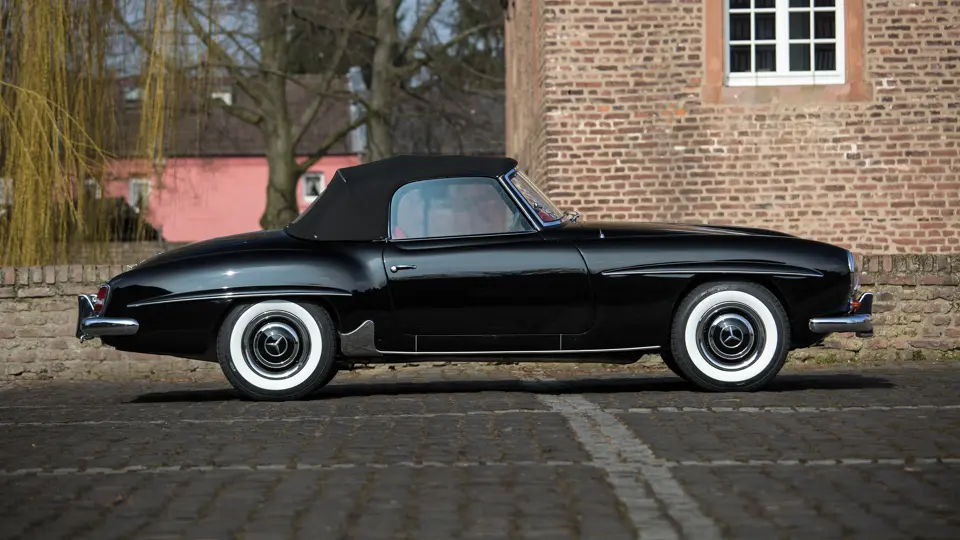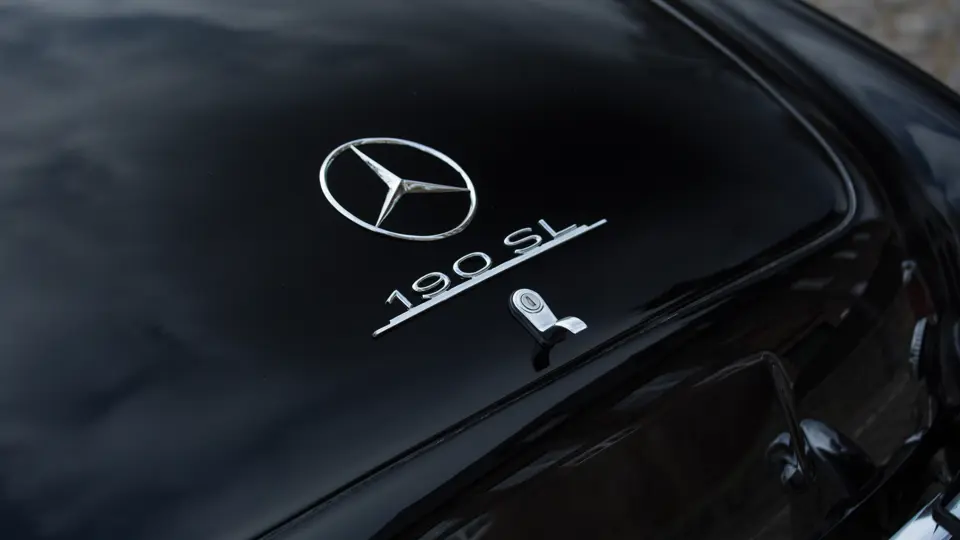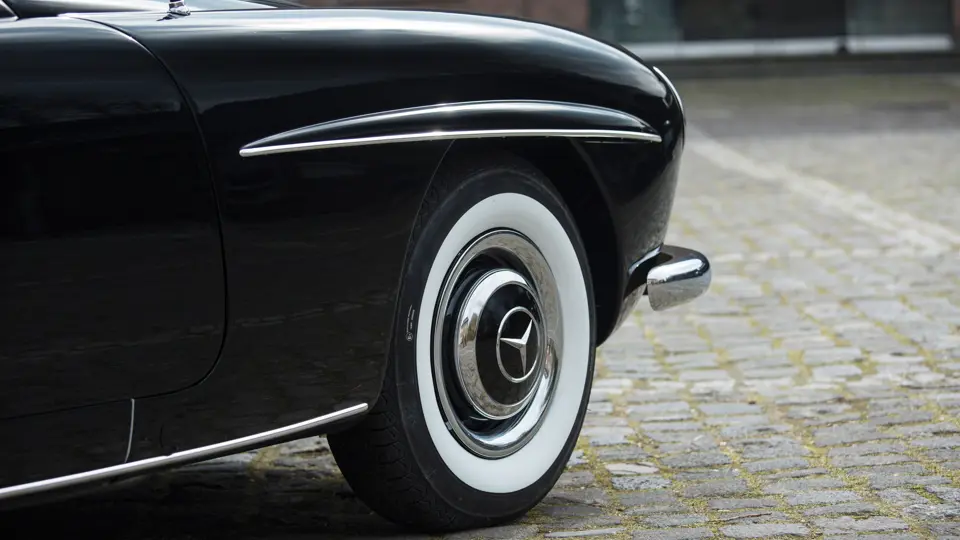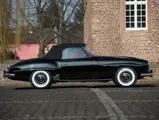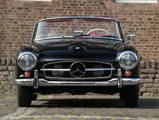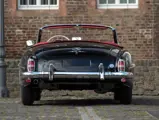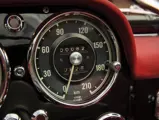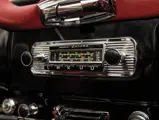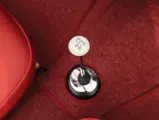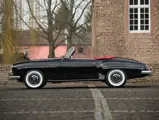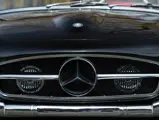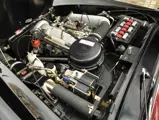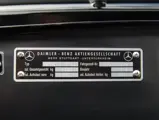120 bhp (SAE), 1,897 cc SOHC inline four-cylinder engine, four-speed manual transmission, coil spring four-wheel independent suspension with control arms in front and swing axles in rear, and four-wheel power-assisted hydraulic drum brakes. Wheelbase: 2,400 mm
Daimler-Benz re-entered the automobile market after World War II with a single passenger car line. Based upon the pre-war 170V, a modest middle-class car that had been the best-seller during the 1930s, it was the only offering until 1951. At that time, the new Mercedes-Benz 300 was introduced at the first post-war Frankfurt Motor Show. Built on a 120-inch wheelbase, the 300 was powered by a 2,996-cubic centimetre overhead-cam six and was available as a sedan or a four-door convertible. Following from it was the 300 SL, a sports competition car using many parts from the 300 and crowned with glorious “gullwing” doors.
The Mercedes line, however, lacked a moderately priced sports car. The four-cylinder “Ponton” cars, the W120 sedans introduced for 1953, served as a good starting point to fill the gap, to create, in effect, a junior 300 SL. Its platform was a shortened W121 monocoque, suitably strengthened to accommodate the lack of roof. The engine was a slightly undersquare 1,897-cubic centimetre SOHC unit, derived from the 300 SL by deleting two cylinders and shortening the stroke. With dual downdraft Solex carburettors, it developed 105 PS (120 brake horsepower SAE). This engine would be used in the Ponton sedans from 1957. The sports car’s transmission was a four-speed manual unit with a floor-mounted shift lever.
Designated 190 SL, the new roadster was introduced at the New York Auto Show in 1954 and entered production in May 1955. Four-wheel independent coil-spring suspension used double wishbones in front and swing axles at the rear. The car had roll-up windows, a standard cockpit heater, and a folding soft top. A removable steel hardtop was available, and an optional side-facing seat enabled the accommodation of a third passenger. For its price, one could buy two MGs, but it was hardly in the same class. More of a grand touring machine, it was more comparable to the Alfa Romeo Giulietta Spider. The 190 SL remained in production until it was replaced by the 230 SL in 1963. In all, nearly 26,000 were built.
This handsome 190 SL is a numbers-matching example. The recent recipient of a full restoration in Germany, in its original colours of black over red leather, it comes with a three-piece set of matching luggage and an owner’s manual. Other features include a Becker Europa four-band radio, heater-defroster, and a dashboard clock.
This car would be a fun addition to any enthusiastic driver’s collection.




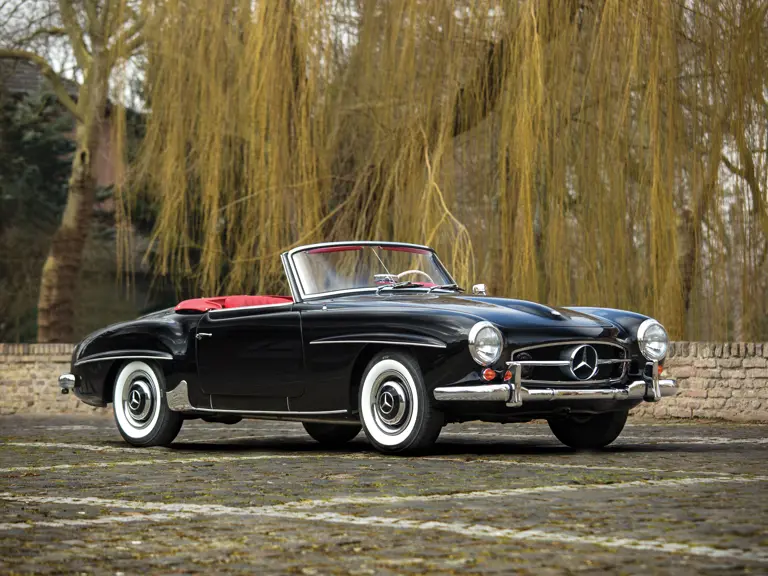
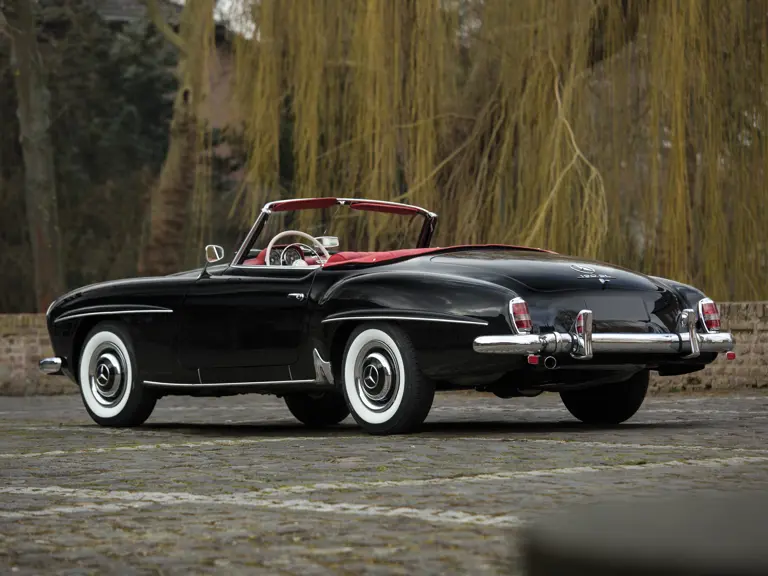
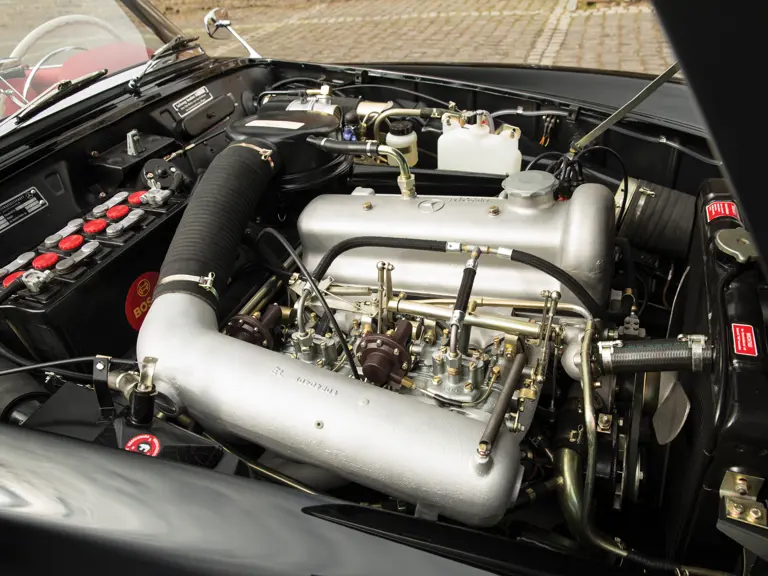
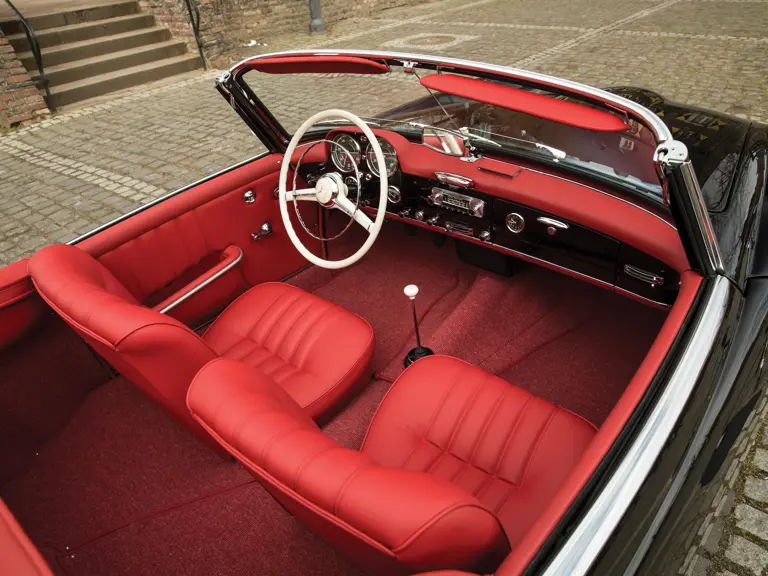
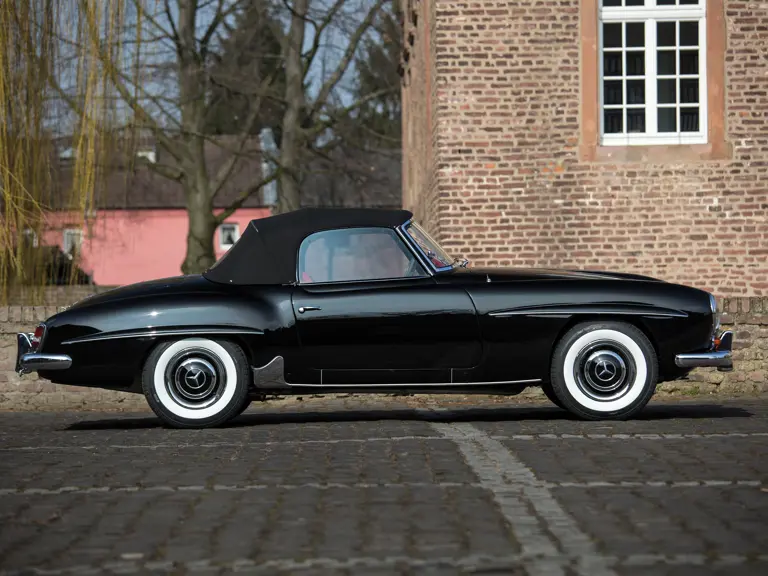

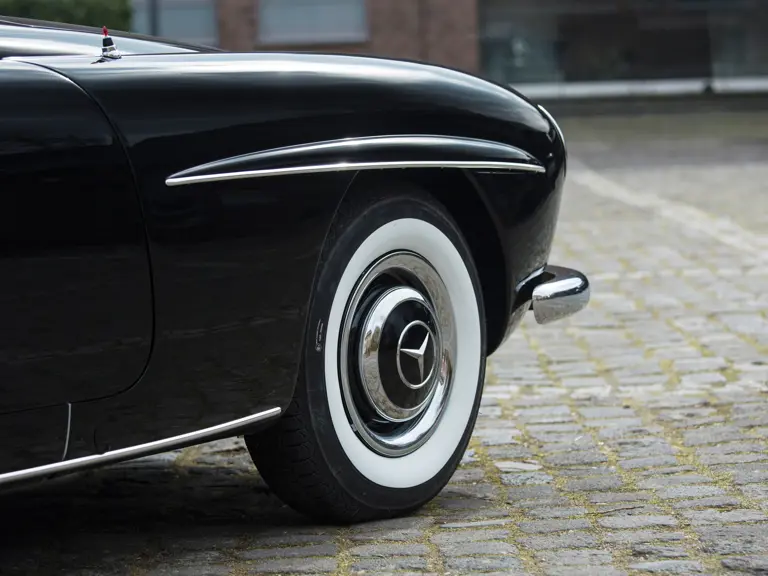
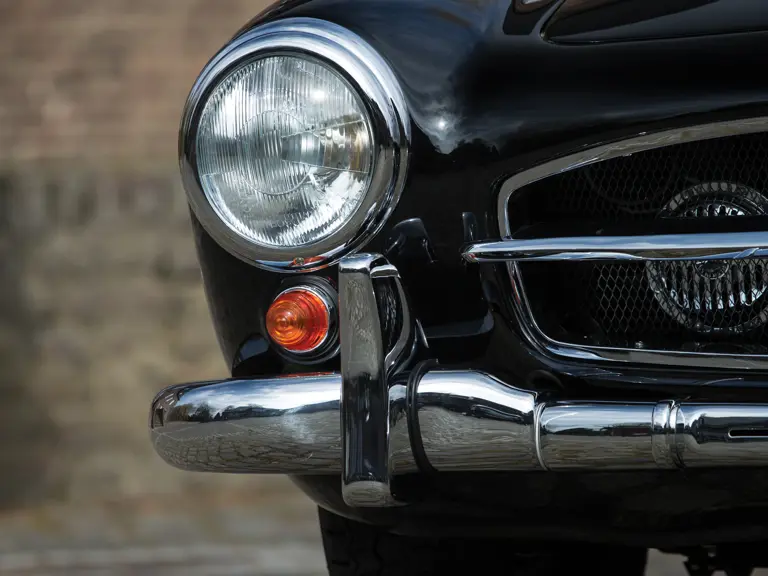
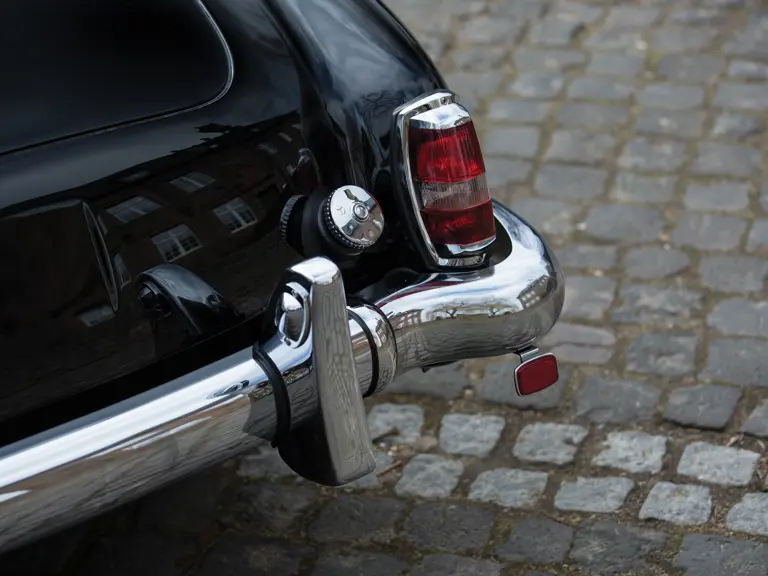
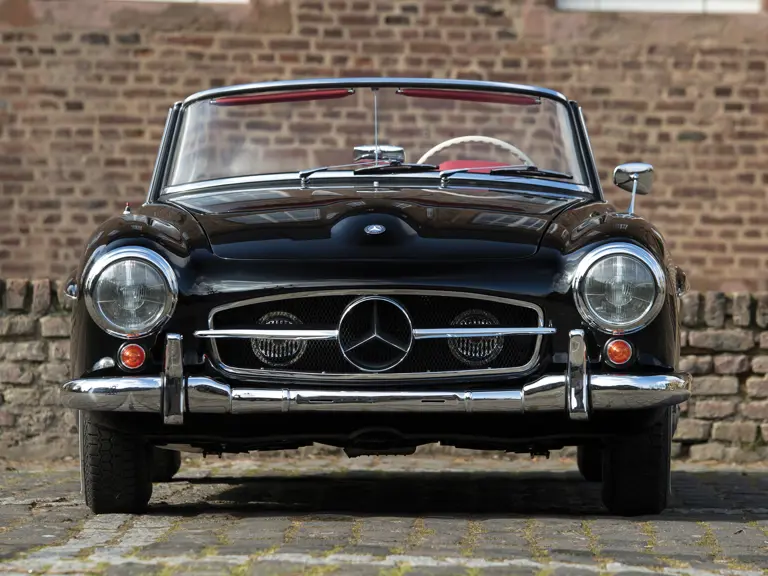

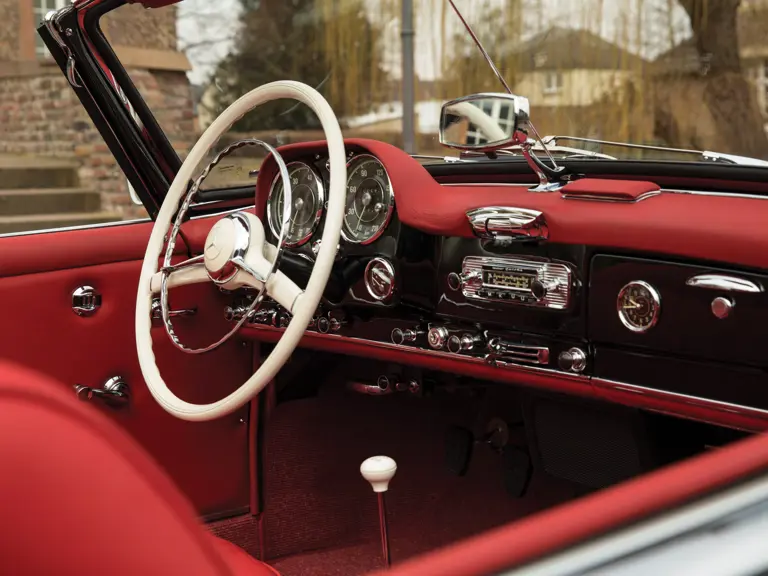
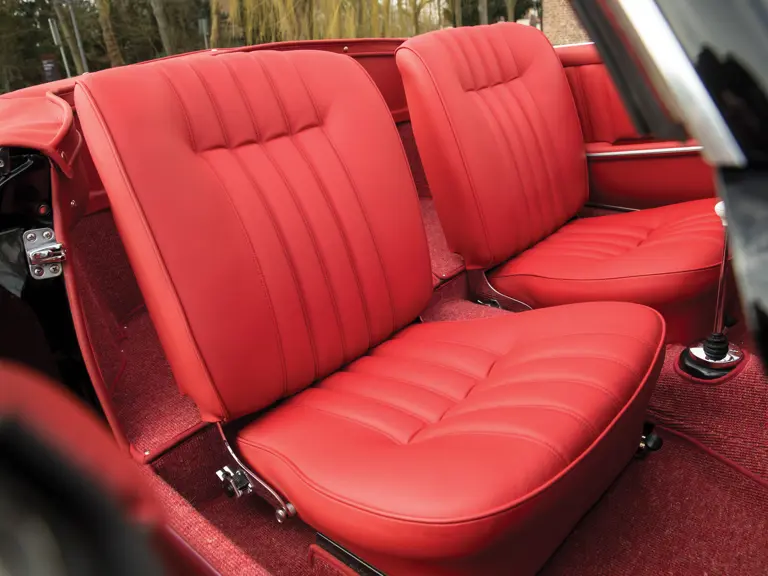
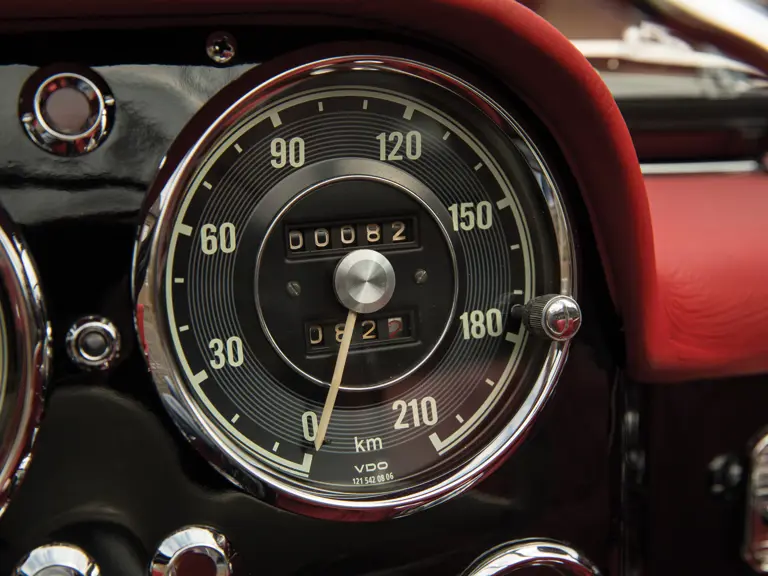
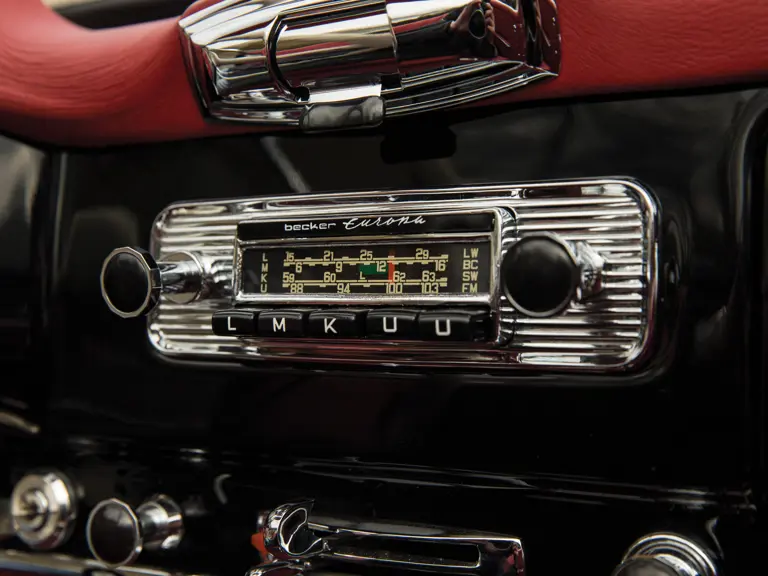
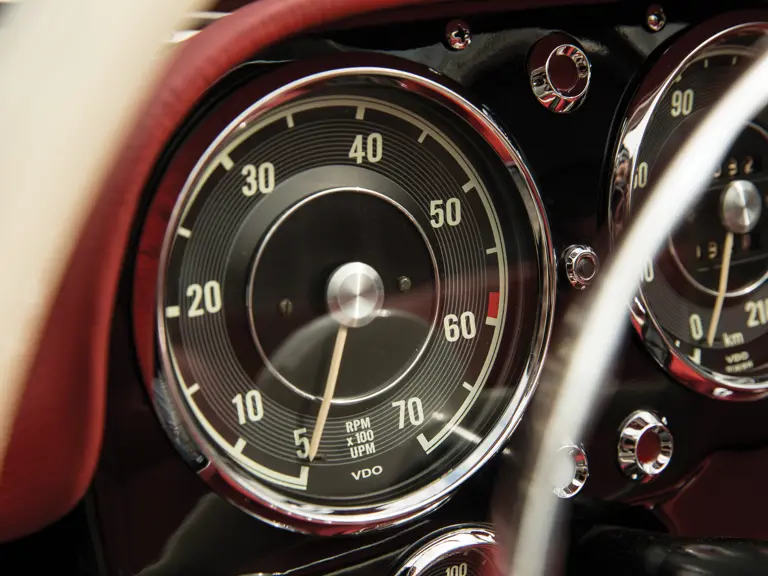
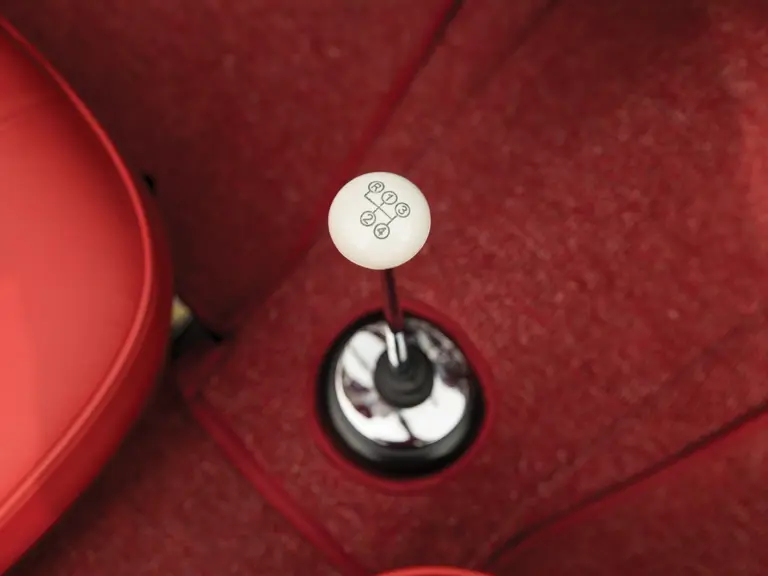
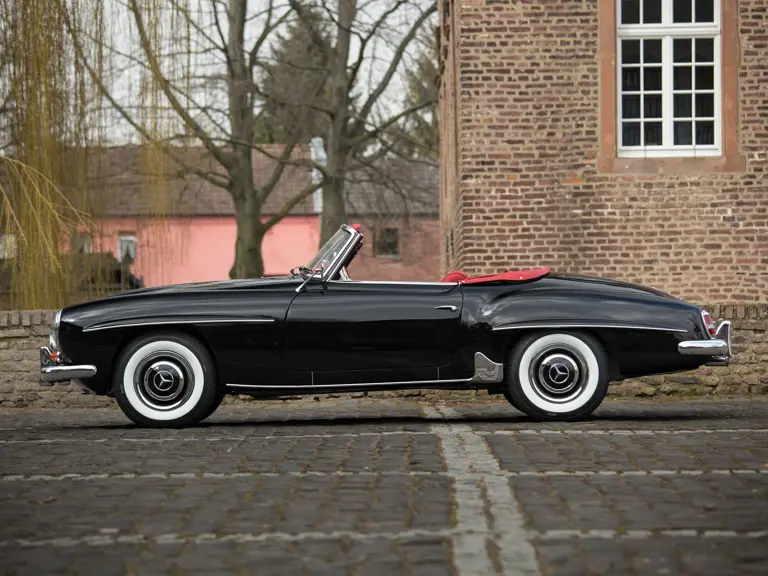
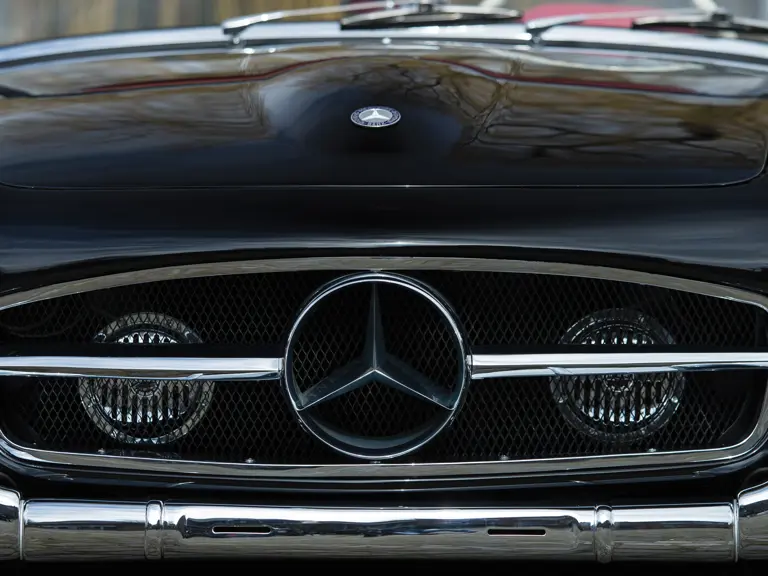
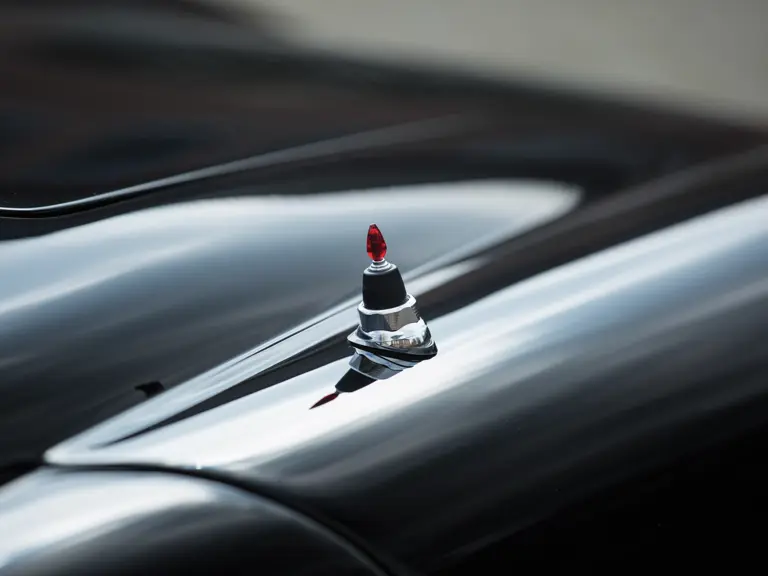
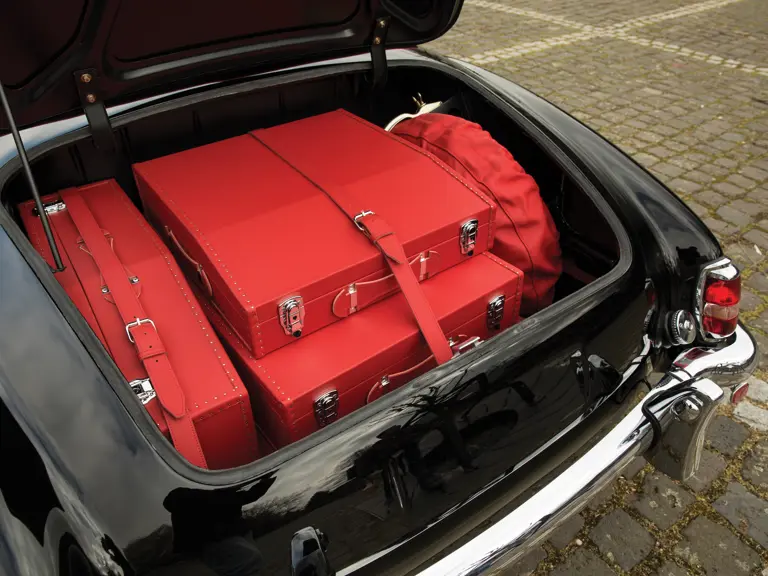
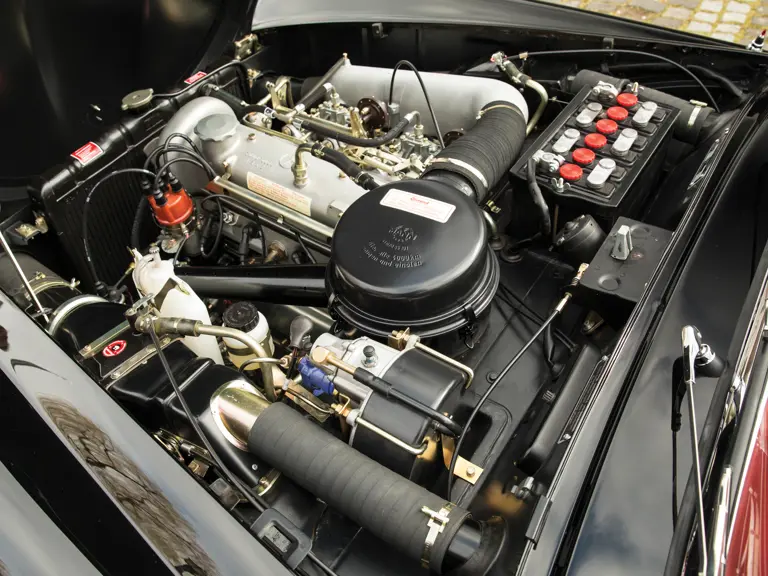
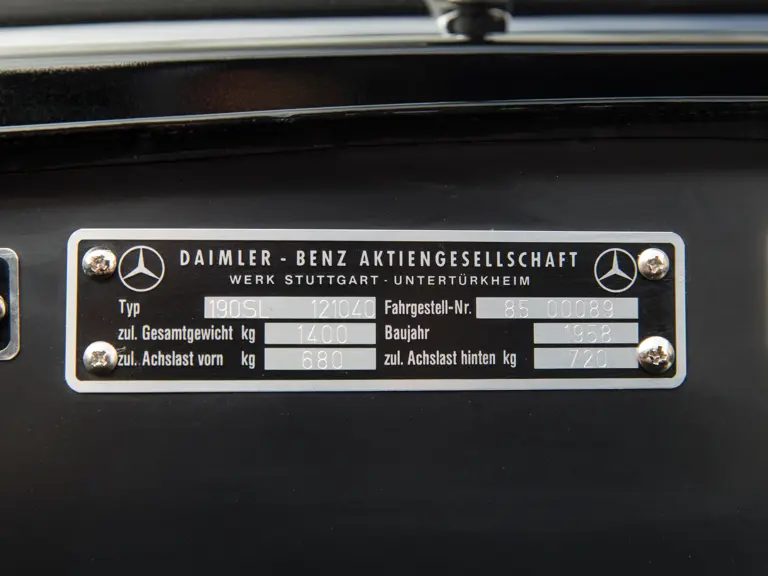
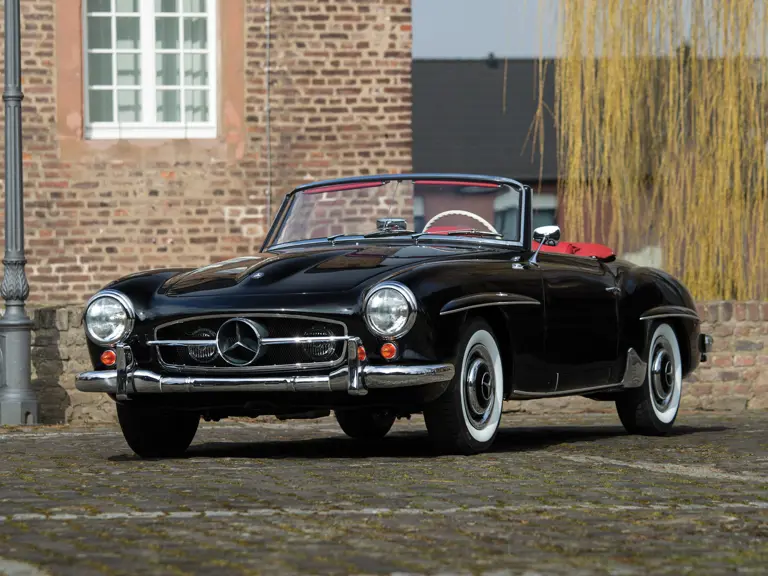
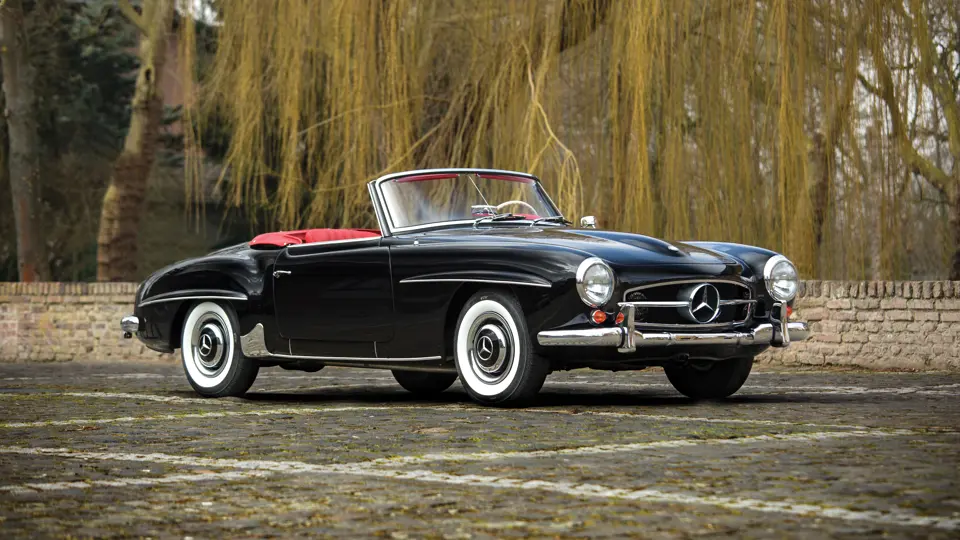
 | Monte Carlo, Monaco
| Monte Carlo, Monaco
